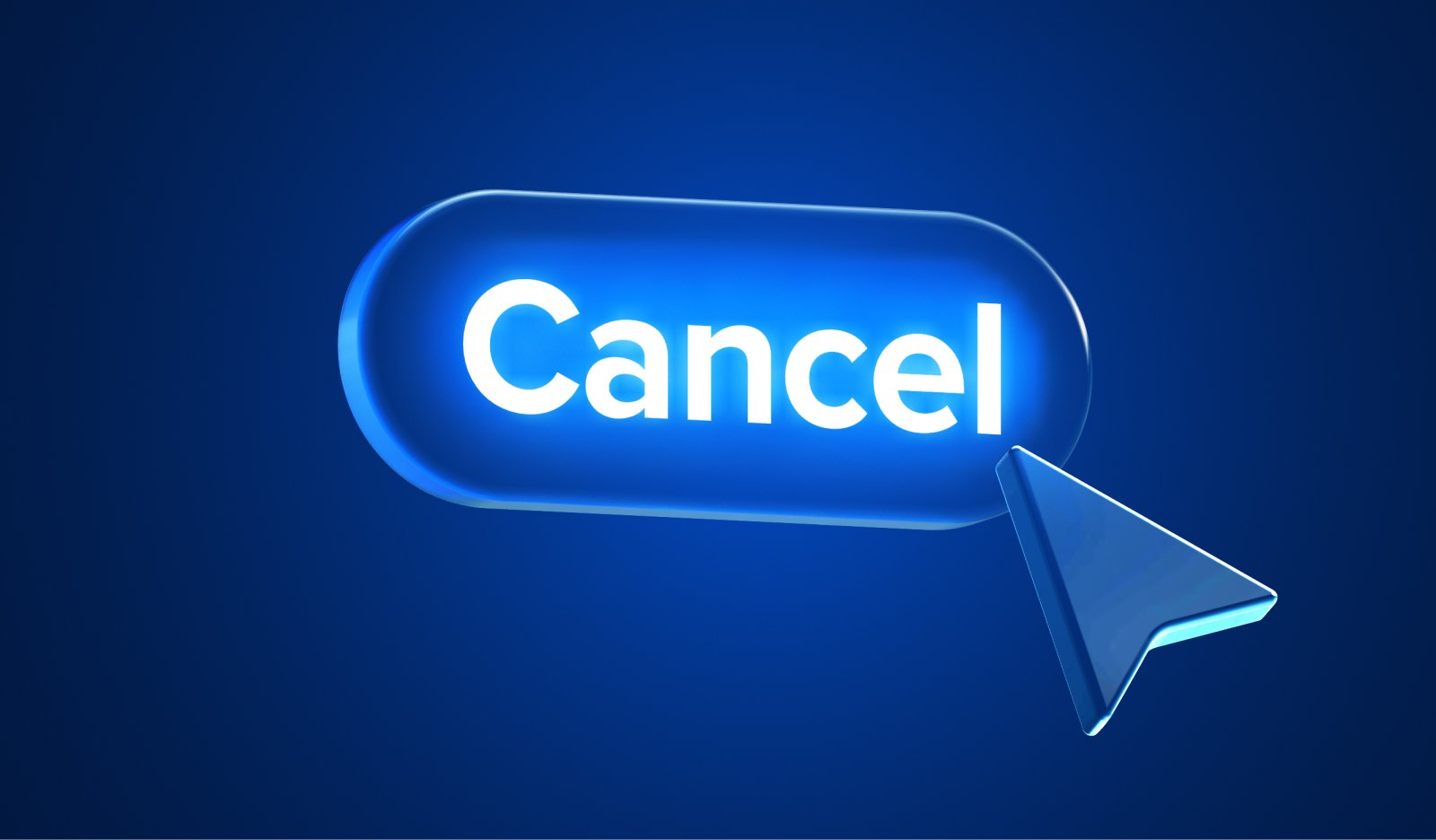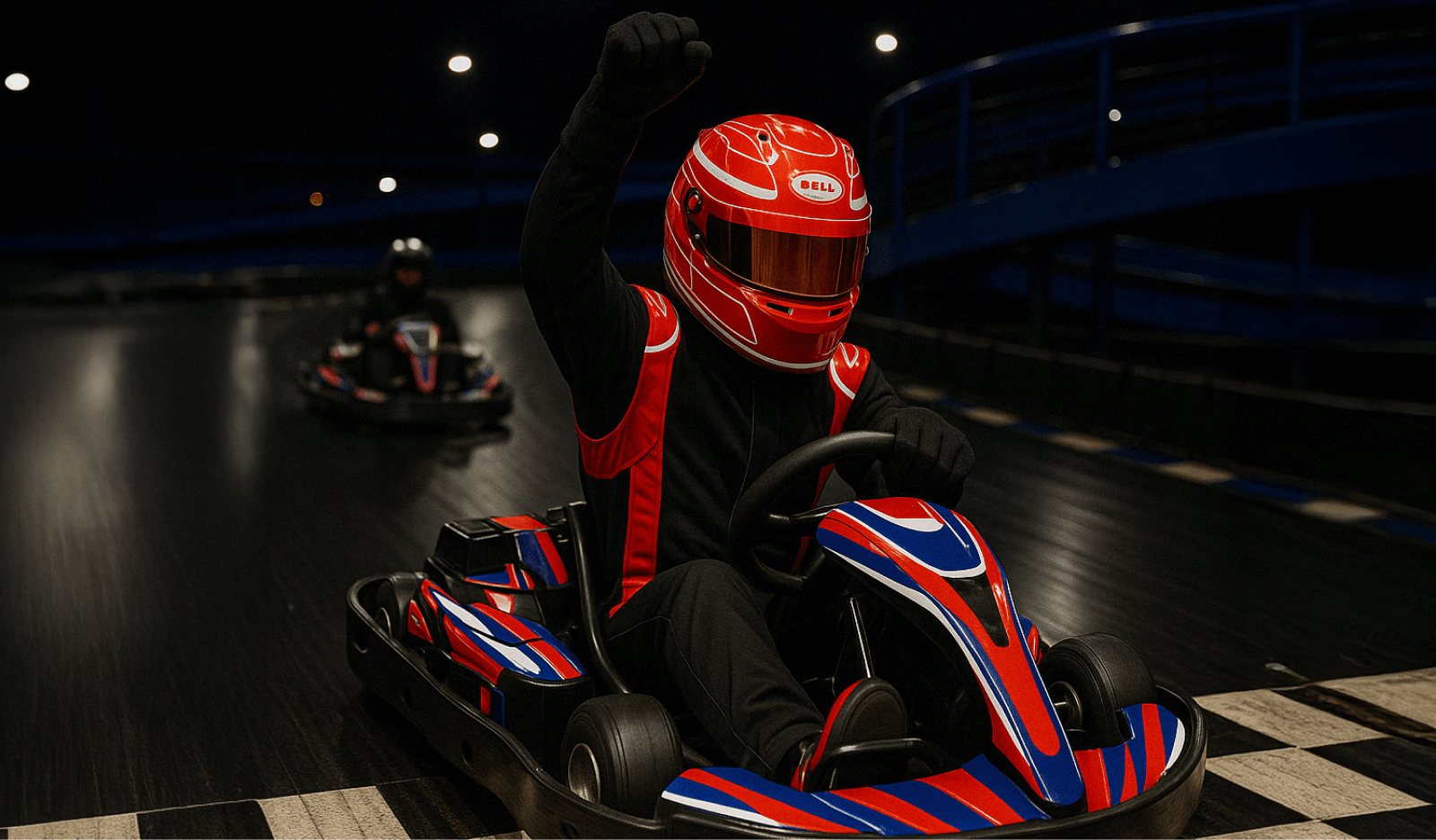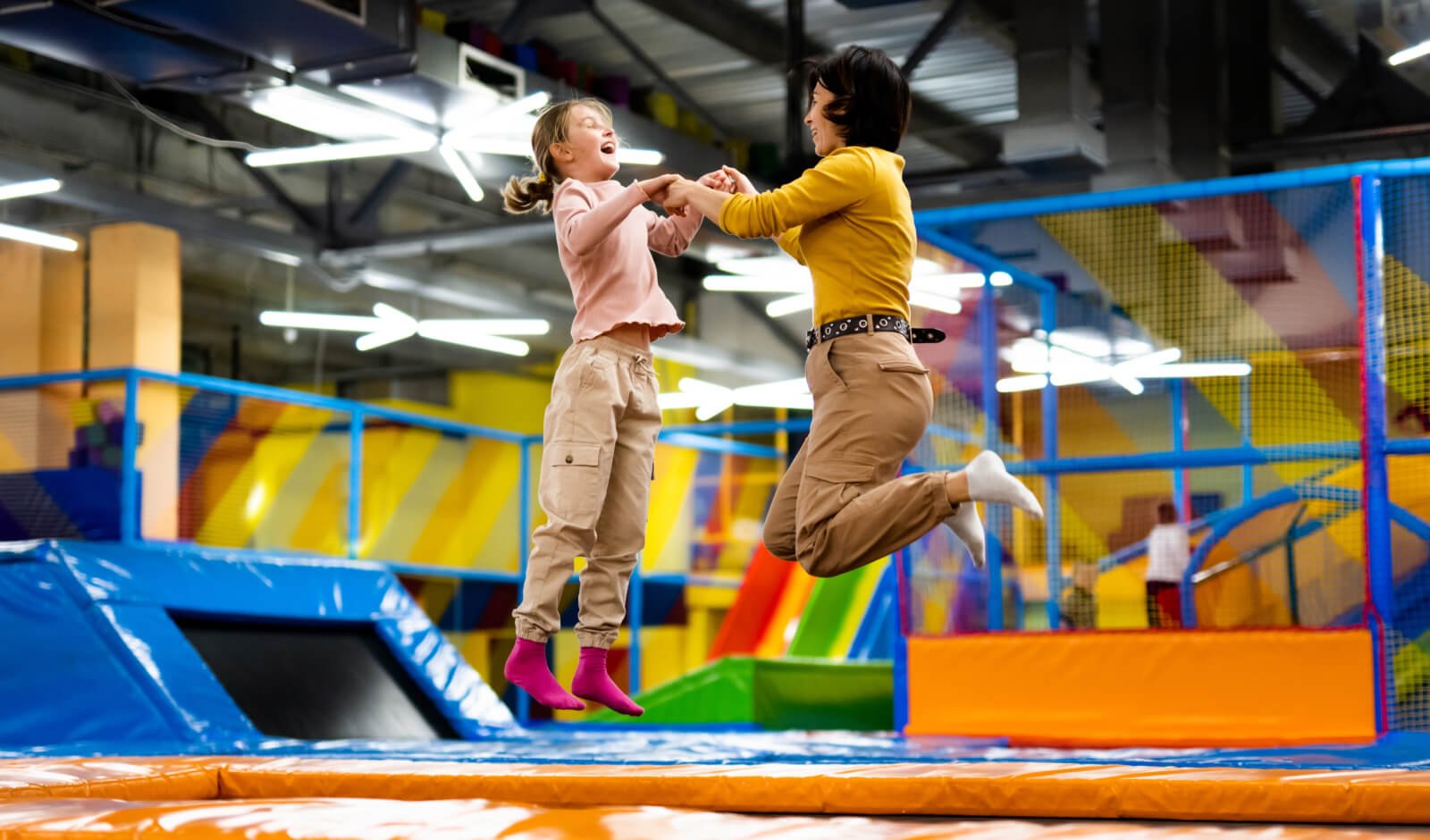Adding a new attraction to your venue is exciting! And with proper planning, this endeavor can be easily manageable.
As you add new attractions to create more ‘wow’ moments for your guests, check out our top five questions you should be answering to set yourself up for success.
1. What’s the budget?
Costs are one of, if not the most crucial, aspect of planning and adding a new attraction to your venue.
Firstly, you need to decide on a budget for the project. Decide on the maximum amount you are willing to spend, and plan backward.
In your considerations, think about things such as:
- How much will construction cost? Labor, materials, etc.
- Is this feasible with all your other venue running costs if you need to take out a loan? And if so, do you want to reach out to a bank or investors?
- If you have to close nearby attractions while construction is underway temporarily, what is the total likely revenue loss? And can your venue bear this loss for the total length of the construction period?
Remember to always leave contingency in the budget for delays and the unexpected. Leave around 10-20% of the total budget for the contingency fund.
2. How will tickets be priced?
If your new attraction is not covered under the entry fee and will have its ticket price, the price must be right. If the price is too high, you risk low ticket sales; if the price is too low, the attraction might not be profitable.
To avoid these issues, consider the following when formulating ticket prices:
- What do your competitors charge for a similar attraction? Price your tickets similarly, and you can even offer an introductory price at a discount to get the ball rolling!
- What are your current ticket prices? It’s generally best to stay roughly within a similar price range.
- What is the general income bracket of your most frequent guests? Knowing this lets, you better understand the affordable pricing for your target demographic.
- What is the general income bracket of those who live nearby your venue? If you know this, you can catch the attention of those who live nearby and are looking for something to do in their free time if your prices suit their disposable income.
Finally, remember that if you price too high initially, it will deter guests from trying the attraction.
It’s better to price slightly lower, especially in the beginning, than to price too high and lose the initial momentum and excitement around a new attraction opening. You can always slowly raise your prices in the future. If your guests love your new attraction, they won’t mind paying a little bit more for it in time.
3. How will your attraction be visually appealing?
Your new attraction must stand out. Here are a few things to consider when planning the design of your new attraction.
Theme
Without a theme, there is nothing to distinguish your new attraction from your competitors' attractions.
It’s best to stay within the general theme of your venue so that your attractions look cohesive. Cohesion is visually appealing and will make your venue appear neat and thought-out.
For example
If your venue is a family entertainment center that is jungle themed, and you want to include a new playroom — consider making it a particular animal-themed. So it could be a new dinosaur-themed playroom for kids.
Colors
Colors are essential as they bring your theme to life. Colors are also crucial for branding too, so you must choose the right colors for your new attraction.
It is best to stay within the color palette your venue already uses, as it creates a cohesive look.
For example
If we’re using the above example of a dinosaur-themed playroom for kids, you could primarily use the colors green, brown, beige, and black. And if you’re displaying images of dinosaurs, go with complementing contrast colors like yellow or red, so they stand out but don't clash.
Bonus tip: focal points
You are creating this attraction, so build it in a way that best entertains your guests. Design it such that your guests are drawn most quickly to the areas you want to highlight: the focal points.
Carve out eye-catching areas, draw attention to them with exciting design elements and colors, and ensure your guests notice your hard work!
4. Where will you place your attraction in venue?
Location in-venue is a big deal.
Consider the below before deciding where to establish a new attraction at your venue:
- Is it a pleasant location? Is it near a toilet or garbage area that will deter guests?
- Is the area well-lit so that it looks inviting, guests can take good pictures, and caretakers can easily see their dependents playing?
- Is the space large enough for the attraction you have in mind? If it’s on the smaller side, engineering and contractor fees may increase. You may also need space for queuing.
- Is it safe and accessible in general, but especially for your disabled and differently-abled guests?
5. Is this an attraction that will drive guest interest/engagement?
When adding a new attraction, you want to ensure it will excite your guests. And you want to reap the maximum revenue from your efforts, so consider the following ahead of time:
- Will this attraction have widespread appeal? Or does it only appeal to a niche portion of your guests?
- Is this attraction similar to an attraction your venue already has? If so, it may be an unnecessary addition.
- Does this attraction have longevity? Or was it borne from a recent trend and may have to be replaced in a few months?
- Have other venues added an attraction like this? Did it garner a lot of interest? What specifically about the attraction appealed to guests’? How can you build on that, and how will your attraction stand out?
You may commission a study/survey to gather some of this information. But it will be worth it to understand your target market more profoundly and optimize your revenue in the long run.
Plan for success
Plan your costs, design, and location, and do your target demographic research to ensure that you create an attraction that brings you steady profits and stands the test of time.
Get in touch, and find out how ROLLER can help you do this and more with our industry-leading venue management software — built for the attractions industry.



